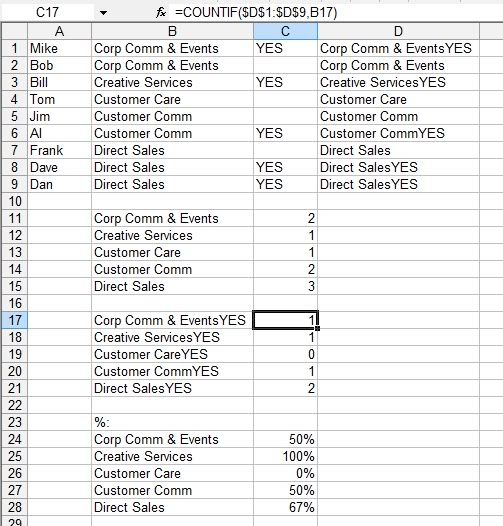dsgNYC
Senior Member
- Joined
- Dec 9, 2008
- Messages
- 422
- Reaction score
- 1
Thanks a lot, I was thinking that OFFSET was the function that I needed and it worked. Just wondering if anyone knows how to create cumulative totals of say production from the same company over time?
A SUMIF should work, if the company's name is the only criteria for the summation.








